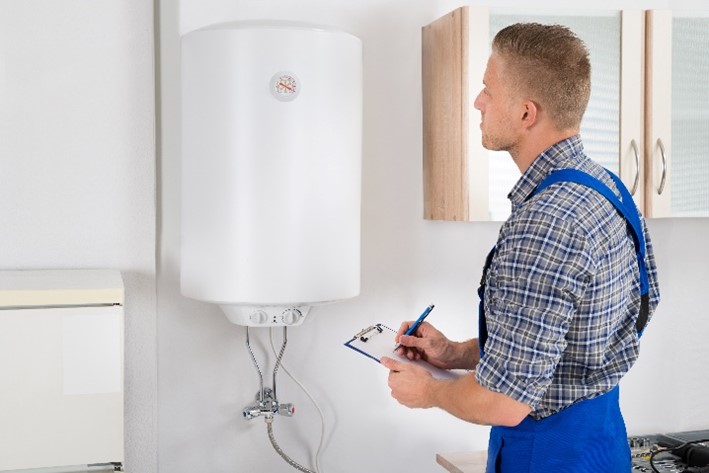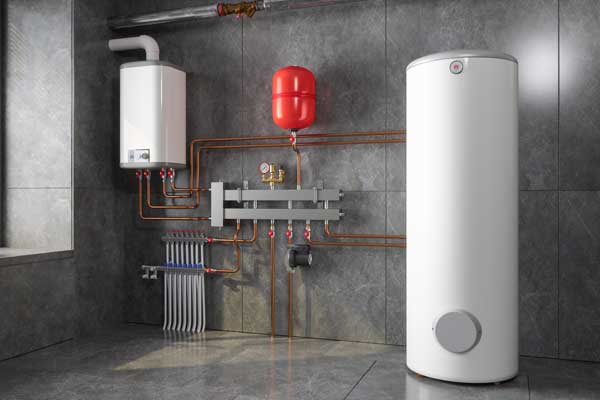Essential Advice on Caring for Your Home's Hot Water SystemHow to Keep Your Home's Hot Water System Functioning Well
Hire A ProThe article author is making a few great pointers on the subject of Water Heater Maintenance Tips You Can't Afford to Forget in general in the content followed below.

Warm water is essential for daily convenience, whether it's for a refreshing shower or washing dishes. To ensure your warm water system runs efficiently and lasts longer, routine upkeep is vital. This write-up provides practical suggestions and understandings on exactly how to maintain your home's hot water system to prevent interruptions and expensive fixings.
Intro
Preserving your home's warm water system could appear daunting, yet with a couple of simple actions, you can guarantee it runs efficiently for several years ahead. This guide covers whatever from comprehending your hot water system to DIY maintenance suggestions and knowing when to hire expert help.
Significance of Maintaining Your Warm Water System
Normal upkeep not just expands the life-span of your hot water system but also guarantees it runs successfully. Disregarding upkeep can cause reduced effectiveness, higher power costs, and also premature failure of the system.
Signs Your Warm Water System Demands Upkeep
Understanding when your hot water system needs attention can protect against significant problems. Watch out for signs such as inconsistent water temperature level, weird sounds from the heating unit, or rusty water.
Understanding Your Warm Water System
Prior to diving into maintenance jobs, it's practical to comprehend the fundamental components of your warm water system. Normally, this includes the water heater itself, pipelines, anode poles, and temperature controls.
Monthly Upkeep Tasks
Routine monthly checks can help capture minor issues prior to they intensify.
Flushing the Hot Water Heater
Purging your water heater gets rid of debris buildup, boosting effectiveness and extending its life.
Monitoring and Changing Anode Rods
Anode rods protect against rust inside the tank. Evaluating and replacing them when broken is vital.
Evaluating and Changing Temperature Level Settings
Readjusting the temperature level settings makes sure optimum efficiency and safety.
Do It Yourself Tips for Maintenance
You can execute a number of maintenance jobs yourself to maintain your hot water system in leading condition.
Looking for Leaks
Regularly check pipes and links for leakages, as these can lead to water damages and higher expenses.
Testing Pressure Alleviation Valves
Evaluating the pressure safety valve ensures it operates properly and protects against excessive stress buildup.
Protecting Pipelines
Shielding hot water pipelines reduces warm loss and can save energy.
When to Call a Specialist
While DIY upkeep is beneficial, some problems call for professional know-how.
Complex Problems Calling For Specialist Help
Instances consist of major leaks, electric problems, or if your water heater is continually underperforming.
Routine Professional Maintenance Perks
Specialist maintenance can include detailed examinations, tune-ups, and ensuring compliance with safety and security criteria.
Conclusion
Routine upkeep of your home's warm water system is essential for effectiveness, durability, and expense financial savings. By following these tips and understanding when to look for specialist aid, you can ensure a reputable supply of hot water without unforeseen disturbances.
How to Maintain an Instant Hot Water Heater
Before tinkering with your hot water heater, make sure that it’s not powered on. You also have to turn off the main circuit breaker and shut off the main gas line to prevent accidents. Also turn off the water valves connected to your unit to prevent water from flowing into and out of the appliance. 2. When you’re done, you have to detach the purge valves’ caps. These look like the letter “T” and are situated on either side of the water valves. Doing so will release any pressure that has accumulated inside the valves while at the same time avoid hot water from shooting out and burning your skin. 3. When the purge valves’ caps are removed, you have to connect your hosing lines to the valves. Your unit should have come with three hoses but if it didn’t, you can purchase these things from any hardware or home repair shops. You can also get them from retail stores that sell water heating systems. Read the user’s manual and follow it to complete this task properly. When the hosing lines are connected, open the purge port’s valves. 4. You should never use harsh chemical cleaners or solutions when cleaning your unit. Make use of white vinegar instead. It should be undiluted and you’ll probably use about 2 gallons. 5. Now flush your water heater. This task should probably take about 40 minutes. We can’t give you specific directions for this because the procedure is carried out depending on the type, model and brand of your heater. With that being said, refer to the user’s manual. 6. When you’re done draining the unit, you have to turn off the purge port valves again. Remove the hosing lines that you earlier installed on each of the water valves. Put the valve caps (purge port) back in their respective places and be very careful so as not to damage the rubber discs that are found inside these caps. 7. Now that everything’s back in place, check your user’s manual again to find out how to reactivate your water heating system. 8. Once it is working, turn one of your hot water faucets on just to let air pass through the heater’s water supply pipes. Leave the tap on until water flows smoothly out of it. https://www.orrplumbing.com/blog/2014/september/how-to-maintain-an-instant-hot-water-heater/

As a serious person who reads about How to Maintain a Hot Water Heater in a Few Simple Steps, I imagined sharing that piece of content was mandatory. Those who enjoyed our article kindly consider to share it. Thank you so much for your time spent reading it.
Get Quote Now